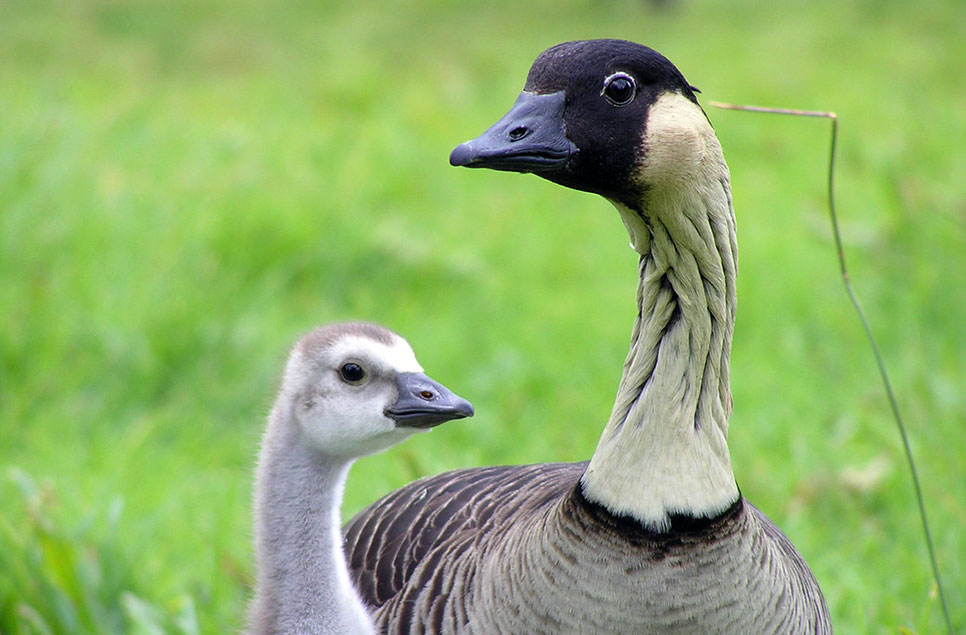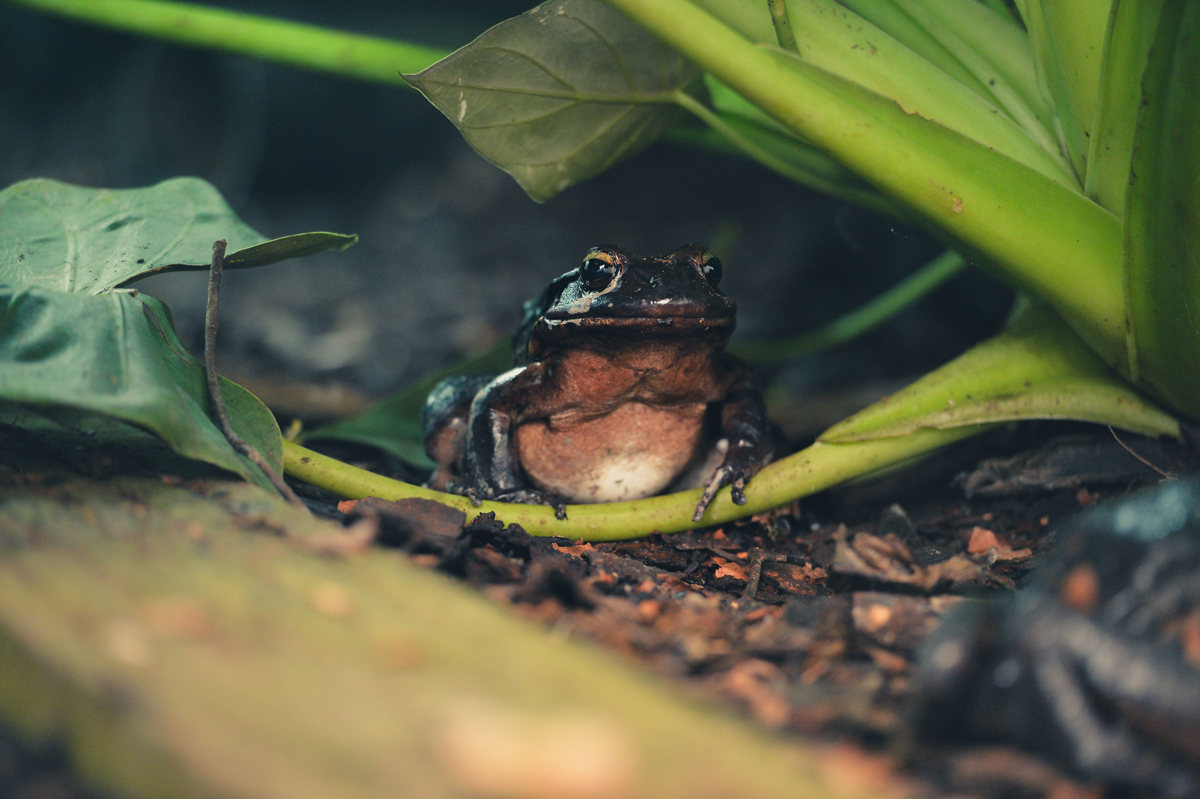I have been having ideas about some sort of conservation-themed pack and this is an idea I came up with. It has the standard four habitat animals and one exhibit animal, all of which have been conserved by zoos. There is a slightly stronger focus on species conserved in British zoos, simply because they are the examples I know most about. I'm not entirely sure what sort of building set would go with such a pack - possibly one with pieces that allow the creation of more realistic off-show and bio-secure areas, which are increasingly being opened up to the public.
Eurasian beaver Castor fiber
Continent(s): Asia / Europe
Biome(s): Aquatic / Taiga / Temperate
Least Concern
Kept in 41 European zoos.
This species shows that it isn’t just globally threatened species being helped out by zoos. The first-ever free living population of Eurasian beavers in Britain since their extinction in were reintroduced by a consortium that included Edinburgh Zoo. Other Scottish zoos have helped with reintroductions across larger areas of Britain in other ways – most populations in England come from a feral population in Scotland (not affiliated with the Edinburgh Zoo programme) but before they can be transferred to their new habitat they are quarantined and checked for illness in zoo facilities.

Hawaiian goose Branta sandvicesis
Continent(s): North America
Biome(s): Aquatic / Grassland / Tropical
Vulnerable
Kept in 119 European zoos.
This is one of the earlier examples of a species being saved by a captive breeding programme. In the 1950s, only 30 pairs remained in the wild courtesy of introduced predators. A British facility that specialises in breeding wetland birds managed to establish a breeding programme that then allowed young birds to be returned to safe habitat in Hawaii. The wild population now stands at over 2,500 birds across three of Hawaii’s islands. In honour of the work of their founder, this British facility (Slimbridge) aims to open a brand new exhibit for Hawaiian geese in May 2021.

Owston's civet Chrotogale owstoni
Continent(s): Asia
Biome(s): Tropical
Endangered
Kept in 4 European zoos.
This is one of the rarest and fastest-declining carnivores on Earth; recent research has indicated that this species may depend upon captive breeding for its future survival. Currently the captive population is small and divided between a rescue centre in Vietnam and several zoos in Britain. They are a potentially very versatile animal in zoo environments – they have been kept in nocturnal houses and, because their diet is almost entirely based on earthworms and other invertebrates, they have been kept in mixed-species enclosure with other small animals such as tortoises, squirrels and pheasants.

Scimitar horned oryx Oryx dammah
Continent(s): Africa
Biome(s): Desert / Grassland
Extinct in the Wild
Kept in 97 European zoos.
This large desert antelope is currently dependent on captive breeding, as they are classed as Extinct in the Wild. Several zoos, including the Marwell and London Zoos in the UK have helped establish the animals in safe fenced reserves in Morocco, Senegal and Tunisia. More recently, captive animals have been moved to the world’s largest nature reserve in Chad (the size of Scotland) as part of the first main unfenced reintroduction programme since the animals disappeared from the wild in the early 1990s. These animals have bred successfully in the wild and hopefully the species will be able to be downlisted soon.

Mountain chicken Leptodactylus fallax (exhibit)
Continent(s): North America
Biome(s): Tropical
Critically Endangered
Kept in 24 European zoos.
Amphibians are the most threatened group of vertebrates currently; zoos have been critical in helping save many of them. This particular species from a few small Caribbean islands is so named because it was hunted for its meat in the past. Since 1998, zoos in Britain have helped breed these frogs and keep two separate populations – one is kept on-display and used to gather behavioural data and introduce zoo visitors to this species while the other is kept under strict quarantine off-view to zoo visitors so that they can be bred in disease-free conditions ready for reintroduction to the wild.

Information about each of the five species and its zoo-based conservation work is included here for reference.
An article about the reintroduction of beavers to Scotland, from RZSS:
 www.rzss.org.uk
www.rzss.org.uk
The rescue of the Hawaiian goose from Slimbridge:

 www.wwt.org.uk
www.wwt.org.uk
History of the mountain chicken programme from Chester Zoo:

 www.chesterzoo.org
www.chesterzoo.org
A 2020 scientific paper outlining the need for captive breeding of Owston’s civet:
Details about the unfenced oryx reintroduction from Marwell Zoo:
 www.marwell.org.uk
www.marwell.org.uk
Eurasian beaver Castor fiber
Continent(s): Asia / Europe
Biome(s): Aquatic / Taiga / Temperate
Least Concern
Kept in 41 European zoos.
This species shows that it isn’t just globally threatened species being helped out by zoos. The first-ever free living population of Eurasian beavers in Britain since their extinction in were reintroduced by a consortium that included Edinburgh Zoo. Other Scottish zoos have helped with reintroductions across larger areas of Britain in other ways – most populations in England come from a feral population in Scotland (not affiliated with the Edinburgh Zoo programme) but before they can be transferred to their new habitat they are quarantined and checked for illness in zoo facilities.
Hawaiian goose Branta sandvicesis
Continent(s): North America
Biome(s): Aquatic / Grassland / Tropical
Vulnerable
Kept in 119 European zoos.
This is one of the earlier examples of a species being saved by a captive breeding programme. In the 1950s, only 30 pairs remained in the wild courtesy of introduced predators. A British facility that specialises in breeding wetland birds managed to establish a breeding programme that then allowed young birds to be returned to safe habitat in Hawaii. The wild population now stands at over 2,500 birds across three of Hawaii’s islands. In honour of the work of their founder, this British facility (Slimbridge) aims to open a brand new exhibit for Hawaiian geese in May 2021.
Owston's civet Chrotogale owstoni
Continent(s): Asia
Biome(s): Tropical
Endangered
Kept in 4 European zoos.
This is one of the rarest and fastest-declining carnivores on Earth; recent research has indicated that this species may depend upon captive breeding for its future survival. Currently the captive population is small and divided between a rescue centre in Vietnam and several zoos in Britain. They are a potentially very versatile animal in zoo environments – they have been kept in nocturnal houses and, because their diet is almost entirely based on earthworms and other invertebrates, they have been kept in mixed-species enclosure with other small animals such as tortoises, squirrels and pheasants.
Scimitar horned oryx Oryx dammah
Continent(s): Africa
Biome(s): Desert / Grassland
Extinct in the Wild
Kept in 97 European zoos.
This large desert antelope is currently dependent on captive breeding, as they are classed as Extinct in the Wild. Several zoos, including the Marwell and London Zoos in the UK have helped establish the animals in safe fenced reserves in Morocco, Senegal and Tunisia. More recently, captive animals have been moved to the world’s largest nature reserve in Chad (the size of Scotland) as part of the first main unfenced reintroduction programme since the animals disappeared from the wild in the early 1990s. These animals have bred successfully in the wild and hopefully the species will be able to be downlisted soon.
Mountain chicken Leptodactylus fallax (exhibit)
Continent(s): North America
Biome(s): Tropical
Critically Endangered
Kept in 24 European zoos.
Amphibians are the most threatened group of vertebrates currently; zoos have been critical in helping save many of them. This particular species from a few small Caribbean islands is so named because it was hunted for its meat in the past. Since 1998, zoos in Britain have helped breed these frogs and keep two separate populations – one is kept on-display and used to gather behavioural data and introduce zoo visitors to this species while the other is kept under strict quarantine off-view to zoo visitors so that they can be bred in disease-free conditions ready for reintroduction to the wild.
Information about each of the five species and its zoo-based conservation work is included here for reference.
An article about the reintroduction of beavers to Scotland, from RZSS:
Not Found | RZSS
The rescue of the Hawaiian goose from Slimbridge:

How Sir Peter Scott saved the nene goose, using conservation techniques we still use today
How did Sir Peter Scott save the nene goose and what are the pioneering breeding techniques WWT uses today to continue his legacy, saving species across the planet? Our story starts back in the 1950s, on Hawaii.
History of the mountain chicken programme from Chester Zoo:

The tale of the mountain chicken | Chester Zoo
International Mountain Chicken Day 2019 is a chance for us to reflect on the history of one of the world’s rarest frogs, and the future we are building for it
A 2020 scientific paper outlining the need for captive breeding of Owston’s civet:
Details about the unfenced oryx reintroduction from Marwell Zoo:
Marwell oryx begin path to ambitious reintroduction
An important herd of scimitar-horned oryx from Marwell Zoo has arrived in Abu Dhabi as a critical step in an ambitious and global conservation project.
